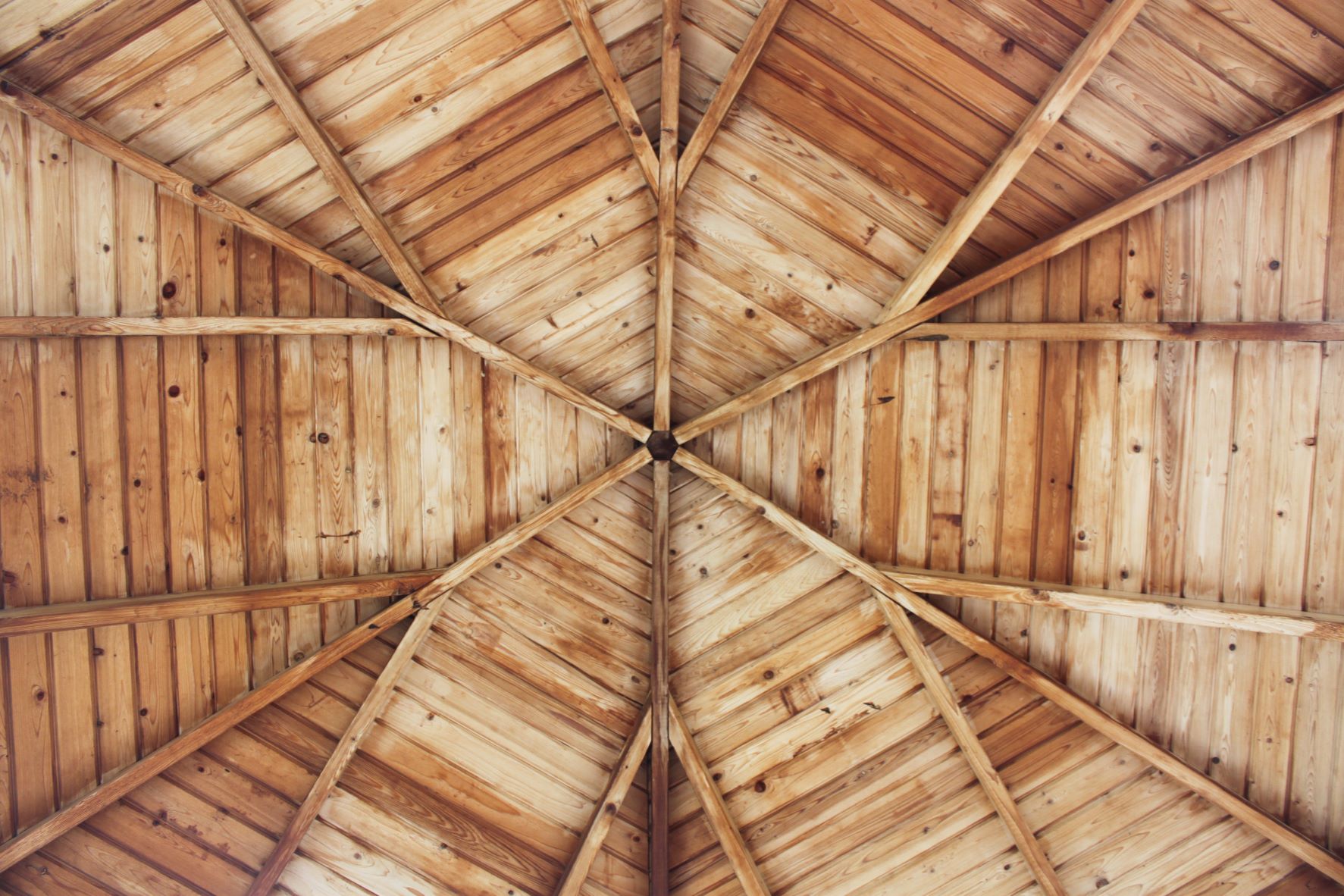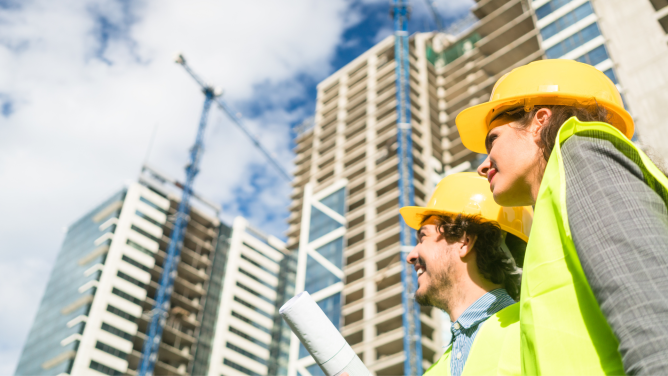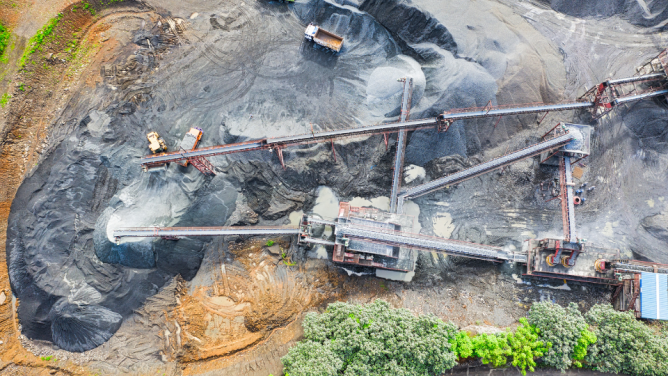
A construction method going full tilt
If prefabricated timber construction is increasingly in the limelight, it’s for good reason. Apart from wood’s particular qualities (low carbon footprint, possibility of local short supply chain, etc.), prefabrication now means constructing a timber building goes from being an in situ artisanal effort, to an off-site industrial production with all the benefits that entails. With less risk involved than constructing onsite, factory-made production makes it easier in principle to control costs and save time. As the building is manufactured in modules in a factory, this often equates to less noise and pollution for residents living near the building site. What’s more, timber waste from building sites (construction, renovation, demolition) has a recycling and energy recovery rate of 75%.
Still work to do on scaling up
So why prefabricated timber construction has it not become widespread for medium and high-rise buildings? Christophe Allaz, project director at VINCI Construction, has the answer: “If the design and pre-assembly phases are not efficient enough to erase the additional cost of industrialisation, this manufacturing process can’t prevail. The whole challenge therefore lies in successfully industrialising the production chain, like very mature industries, such as the automobile industry.”
So what would be the key success factor for industrialising collective housing constructions? “The real success will lie in the ability of players to not misjudge the real market expectations. In France, the market is essentially made up of small private investors and less-functional plots than in Anglo-Saxon countries for example. Therefore standardisation is less possible. The BtoB collective housing market supported by developers does not exceed 100,000 units annually. Basically, there’s a significant barrier from the outset: major investment is needed to develop an agile industrial process with a French market that should not be overestimated.”
A new sector boosted by R&D…
Part of R&D focuses on materials, in particularly engineered wood adapted to the constraints of medium- and high-rise construction. New innovations include CLT (cross-laminated timber), which can be used to scale new heights that were impossible to reach a few years ago. So why do these solid wood panels offer great structural resistance? It all lies in the layers of cross-laid timber, which are stacked in alternating directions which run perpendicular to each other, before being pressed to form a solid panel. Another innovator includes Woodoo, a startup that’s developing high-tech wood that it describes as ‘augmented wood’. Ultra-resistant, this material could replace concrete and could pave the way for sky-scraping timber constructions.
But the sinews of war also lie in the design/industrialisation phase. And right now, the sector is in full-blown structuring mode. The start-up ecosystem is particularly dynamic, with most new players integrating across a large part of the value chain. Take Leko Labs, a Luxembourg start-up that develops engineered wood, offers a software platform for the design phase and develops a robotics construction system. Meanwhile, French startup Vestack is tackling the design, prefabrication and assembly phases. Others are opting for a more specialist approach, such as French startup Ossabois and 011H from Spain, both experts in off-site timber construction. Meanwhile, Dutch startup Sustainer focuses on developing design software, and the French startup Woodoo are innovators in engineered wood.
… and fundraising
Another key success factor for those who want to establish themselves in this market is production capacity. This booming market is catching the eye of the finance world, especially investment funds oriented towards sustainable finance and Proptech specialist funds. There were some healthy investments made in 2022: Leko Labs raised $21 million, Vestack €10 million, Modulous 10 millions of pounds and 011H €25 million. These four startups are now looking to develop their design software and increase their production capacity considerably (x4 for 011H!), with each looking to become the leader in low-carbon building design and construction. The race is therefore officially on, just like the race to be the tallest wooden building in the world!


